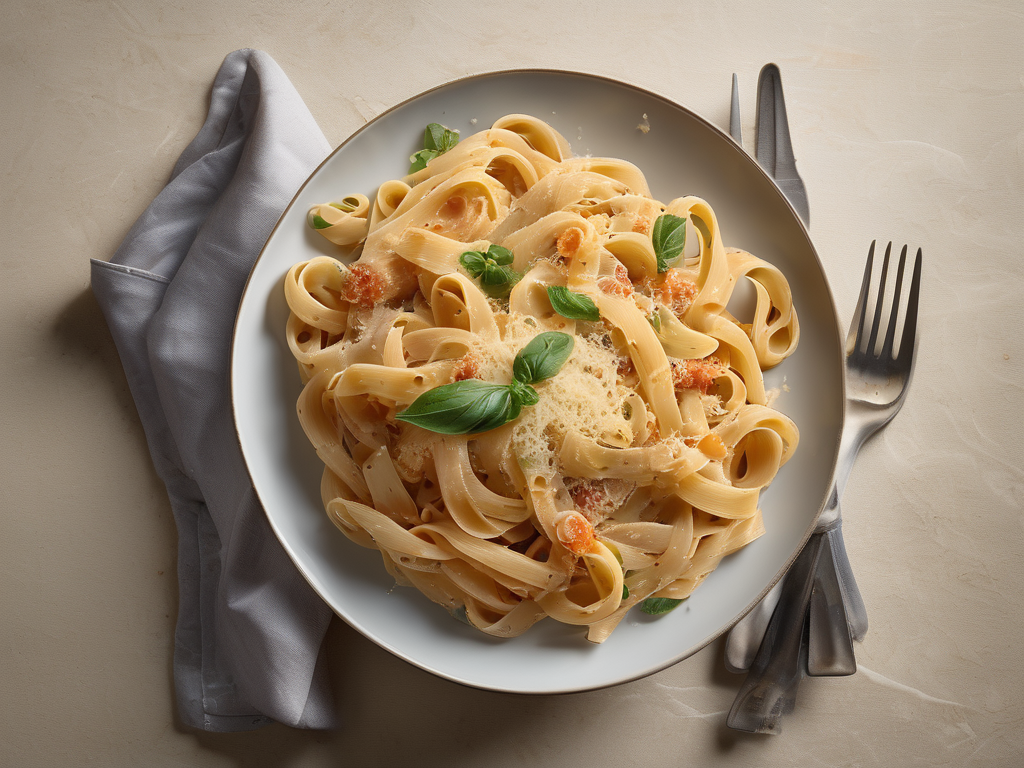
The Complete Guide to Pasta Shelf Life
Get Your Free Food Safety Cheat Sheet
30 most common foods with instant answers. Print it and stick it on your fridge—completely free!
The Complete Guide to Pasta Shelf Life
Welcome to our guide on pasta shelf life! Pasta is a versatile and pantry staple that can be used in a variety of dishes, from classic spaghetti to creamy carbonara. Proper storage is essential to maintain its quality and safety for consumption. In this comprehensive guide, we will discuss everything you need to know about the shelf life of pasta, including storage tips, signs of spoilage, and how to maximize its freshness. (Pasta)
Understanding Pasta Shelf Life
Pasta, made from durum wheat or semolina flour, is a non-perishable food item that has a long shelf life when stored correctly. The shelf life of pasta can vary depending on the type of pasta and whether it is dried or fresh. Here are some general guidelines:
Dried Pasta
- Unopened: Can last indefinitely if stored in a cool, dry place.
- Opened: Can last 1-2 years when stored in an airtight container in a cool, dry place.
Fresh Pasta
- Refrigerated: Should be consumed within 1-2 days of purchase.
- Frozen: Can last up to 2-3 months if properly stored in the freezer.
Proper Pasta Storage Tips
To ensure your pasta stays fresh and safe to eat, follow these storage tips:
Dried Pasta
- Store in a cool, dry place away from heat and moisture.
- Keep pasta in its original packaging or transfer to an airtight container.
- Avoid storing near strong-smelling foods as pasta can absorb odors.
Fresh Pasta
- Refrigerate fresh pasta immediately after purchase.
- Store fresh pasta in the original packaging or an airtight container.
- Check the expiration date on the packaging and consume before it expires.
Freezing Pasta
- If you plan to store pasta long-term, consider freezing it.
- Place fresh or cooked pasta in a freezer-safe container or resealable bag.
- Label with the date and type of pasta for easy identification.
Signs of Spoiled Pasta
It's important to inspect pasta before cooking to ensure it is safe to eat. Here are some signs that pasta may be spoiled:
Dried Pasta
- Mold: Discard pasta if you see any signs of mold.
- Off Odor: If pasta has a rancid or sour smell, it may be spoiled.
- Insects or Weevils: Check for any signs of pest infestation.
Fresh Pasta
- Slimy Texture: Fresh pasta should not feel slimy to the touch.
- Discoloration: Any unusual color changes indicate spoilage.
- Off Smell: Fresh pasta should have a neutral smell.
Maximizing Pasta Freshness
To maximize the freshness of your pasta and extend its shelf life, consider the following tips:
- Cook Al Dente: For dried pasta, cook it al dente (firm to the bite) to prevent it from becoming mushy when stored.
- Use Quality Ingredients: Opt for high-quality pasta made from durum wheat for better storage stability.
- Properly Seal: Ensure pasta is properly sealed in an airtight container to prevent moisture absorption.
- Rotate Stock: Use the oldest pasta first to maintain freshness in your pantry.
Conclusion
In conclusion, understanding the shelf life of pasta and proper storage techniques is essential for maintaining its quality and safety. By following the tips outlined in this guide, you can ensure that your pasta stays fresh and delicious for longer periods. Remember to check for signs of spoilage before consuming pasta and always practice safe food handling practices. Enjoy your pasta dishes with confidence, knowing that you are serving safe and flavorful meals to your family and friends.
For more information on pasta, visit our pasta page. Happy cooking! (Pasta)
Related Posts
Here are some other articles you might find helpful:
Authoritative Food Safety References
These agencies and university labs inform every tip and health precaution we publish.
USDA FoodKeeper – Cold Storage Guidelines
Official refrigerator, freezer, and pantry timelines maintained by the U.S. Department of Agriculture.
Visit USDA FoodKeeperFDA Produce Safety Rule & Grower Guidance
Field-to-fridge handling practices that prevent contamination of fruits, vegetables, and leafy greens.
Visit FDA Produce SafetyCDC Foodborne Illness Prevention Hub
Surveillance-backed guidance on pathogens, symptoms, and steps to reduce foodborne illness risk.
Visit CDC Food SafetyUC Davis Postharvest Technology Center
University research detailing optimal storage atmospheres for produce after harvest.
Visit UC Davis PostharvestPenn State Extension – Home Food Preservation & Safety
Peer-reviewed extension bulletins on safe canning, chilling, and reheating practices.
Visit Penn State ExtensionGet Your Free Food Safety Cheat Sheet
30 most common foods with instant answers. Print it and stick it on your fridge—completely free! Want more? Upgrade to the complete guide with 70+ foods.
Scan your food directly and get instant safety info using our AI-powered camera feature.